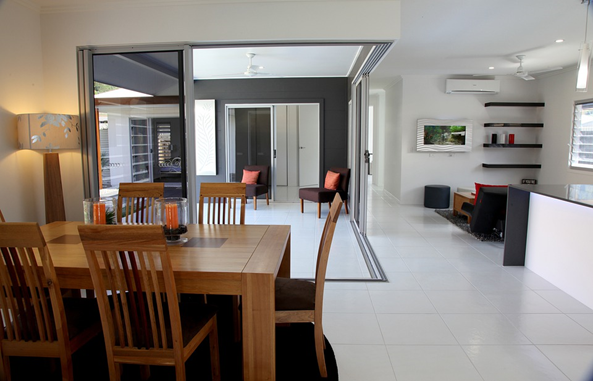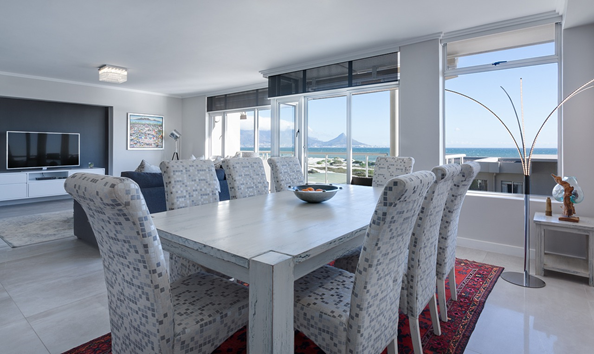Adding an extension to your house is a great way to increase the space in your property and potentially add value to your home; however, the bigger the home, the more space there is to heat, which – of course – can increase your energy bills. Factoring energy efficiency into your design is not only beneficial for the environment but will also help you to keep your energy bills in check.

Planning your extension
When planning an energy-efficient build, consider the materials you use. Building regulations have certain criteria that promote efficiency, including the insulation of cavities, lofts and floors and the installation of low-energy lights. Depending on your property, you may have existing foundations or walls that are not compatible with a fully-sustainable build, but there are many things you can do to improve the efficiency overall.
The fabric of the building itself is one way to improve energy efficiency; for example, rather than using brick, erecting a breeze block extension with external wall insulation over the top can cut energy bills by 40 per cent. Good-quality render helps to maintain efficiency and is a durable weatherproofing solution.
Oak framed extensions are a great sustainable option. Trees are the ultimate source of carbon capture and fulfil this function over their 100-year life span. Provided it is from a reputable source and harvested correctly, oak is a renewable and beautiful building material. Choosing oak framed extensions can mean simpler foundations, as they are lighter than concrete.

Heating and lighting
Connecting your extension to existing central heating is one option for warming the space; alternatively, you could consider installing infrared panels. They are a cheap and efficient method that can be plugged or wired into the mains and controlled with a thermostat.
Insulating a solid floor with PIR board improves thermal mass, allowing the floor to absorb heat. Instead of leaking into the ground, the heat is retained and maintains a comfortable temperature.
LED lighting will soon be the only option for most light bulb sizes, and for good reason: they use 90 per cent less electricity than traditional incandescent lighting and do not waste energy through heat.
Whether in your choice of building materials for the extension itself or by making smaller decisions such as lighting, your choices will immediately affect your monthly bills and make a long-term impact for future generations.
